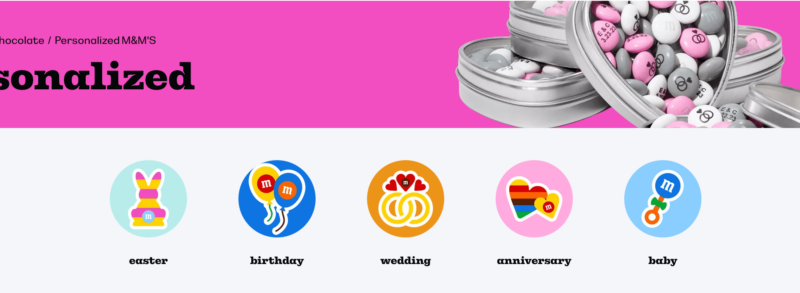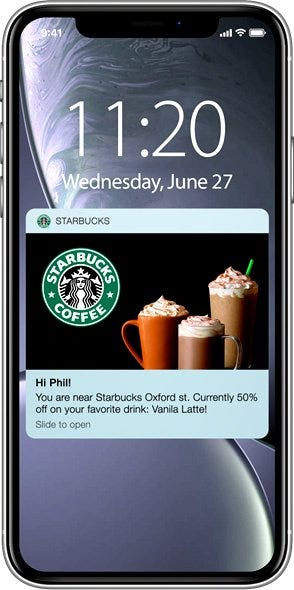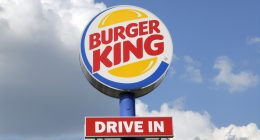Understanding the latest CPG marketing trends is an absolute competitive advantage. A notable shift towards digital platforms is reshaping the CPG sector, as evidenced by online sales growing at a pace five times faster than traditional in-store sales.
The CPG sector is known for its high volume of sales but also for its low-profit margins, necessitating efficient production, distribution, and marketing strategies to succeed. The emphasis on digital platforms and e-commerce within the CPG industry reflects a broader trend of digital transformation, where consumer behaviors are increasingly shifting towards online shopping.
Online CPG sales experienced notable growth, hitting 30% in 2022 for the first time. This demonstrates that e-commerce sales for the category are firmly establishing their place in the market, offering both challenges and opportunities for CPG brands to innovate and cater to evolving consumer expectations.
Understanding 5 Key CPG Marketing Trends
Innovation and adaptation should be evaluated as the key drivers of success when it comes to CPG marketing. As consumer preferences shift and digital platforms evolve, you brand must stay informed of the latest trends to remain competitive.
Below, we’ll explore seven pivotal trends that are shaping the future of CPG digital marketing, offering you a roadmap to navigate this dynamic terrain and capitalize on emerging opportunities.
1.Personalization and Customization
Personalization and customization are foundational CPG marketing trends for brands aiming to deepen their customer engagement and increase the number of loyal customers.
Personalization allows CPG brands to form deeper emotional connections with their customers. By tailoring products and marketing messages to individual preferences, your brand can foster a sense of belonging and loyalty among the consumer base.
Understanding the profound impact of emotional engagement can be illuminated by examining successful campaigns such as M&M’s “My M&M’s” and Coca-Cola’s “Share a Coke.” These initiatives are prime examples of how personalization in the CPG industry can significantly enhance consumer relationships.

Both campaigns leveraged personalization to transform ordinary purchases into personalized experiences, significantly boosting sales and customer engagement.
Also, the future of CPG marketing is basically all about leveraging advanced technologies like AI to gain deep consumer insights. And these insights enable the creation of highly relevant content, delivered at the optimal moment to the right audience.
A consumer-centric approach, powered by a sophisticated MarTech stack, allows CPG brands to not only meet but anticipate consumer needs, driving both immediate sales and long-term loyalty.
Furthermore, according to McKinsey’s report, adopting agile methodologies and nurturing world-class talent are critical for your CPG brand to remain competitive in a rapidly evolving digital landscape. Agile practices ensure that your CPG marketing strategies can quickly adapt to changing consumer preferences, while investing in talent and culture fosters innovation and creativity, essential components of personalized marketing.
For CPG brands aiming to adopt personalization, the process entails several critical steps:
- Data Collection: Accumulate consumer data from a variety of sources, including online interactions, purchase history, customer service engagements, and social media activity.
- Data Integration: Merge data from disparate sources to construct a unified customer view.
- Segmentation: Employ analytics to carve out meaningful customer segments based on behavior, preferences, and demographic insights.
- Targeted Messaging: Craft personalized marketing campaigns that resonate with the specific needs and interests of each identified segment.
- Continuous Optimization: Utilize performance data to constantly refine and enhance personalized marketing strategies.
2.Sustainability and Ethical Practices
Today’s consumers are more environmentally conscious, preferring brands that demonstrate a commitment to sustainability and ethical practices. So, you should highlight eco-friendly initiatives and product sourcing to bolster a brand’s image and appeal to a broader audience.
Research by Boston Consulting Group emphasizes sustainability’s role in consumer decision-making in the UK, revealing that while sustainability shapes brand perception and advocacy, consumers’ willingness to pay extra for sustainable products remains low. This directly demonstrates the challenge for brands to integrate sustainability affordably. To overcome this, working with an FMCG marketing agency can be your go-to option.
Leading by example, companies like Hershey’s and Pepsi are setting ambitious sustainability targets.
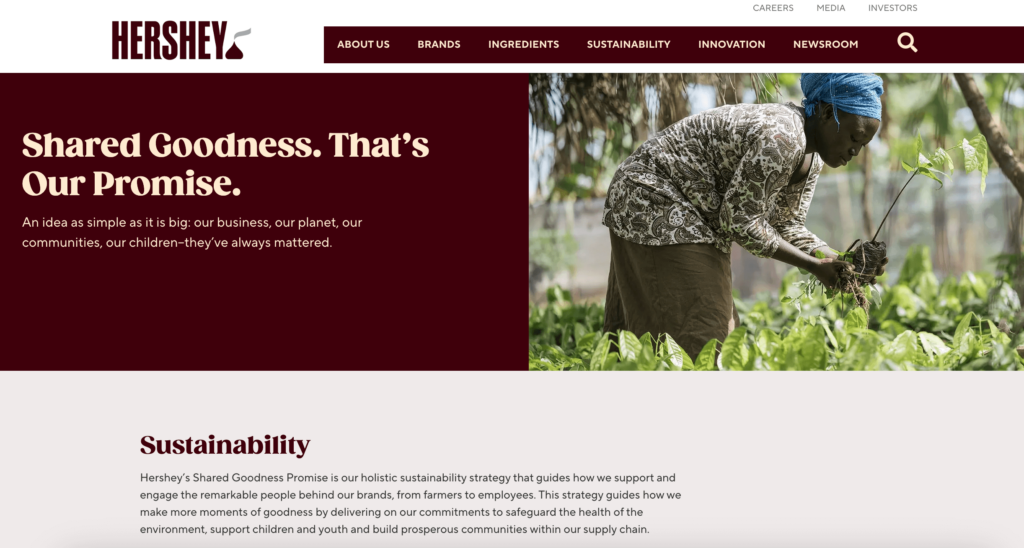
Hershey’s commitment to eliminate hard-to-recycle packaging materials and Pepsi’s shift to 100% recycled plastics for their products demonstrate the industry’s movement towards sustainability and serve as a call to action for other CPG brands.
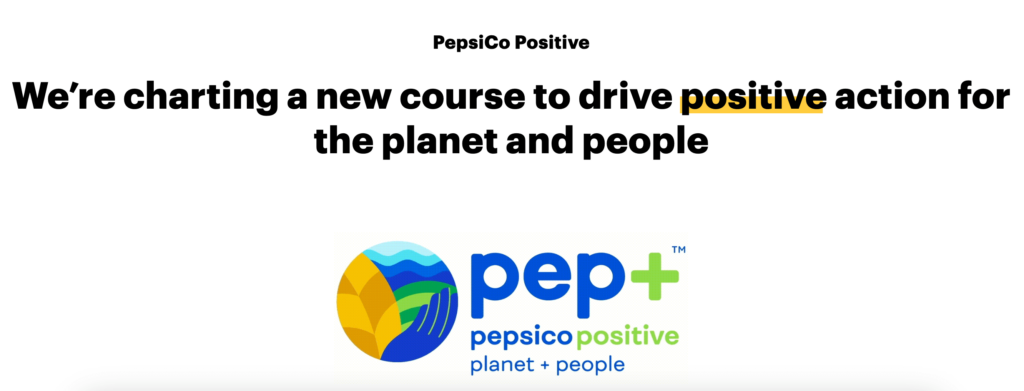
3.E-Commerce and Direct-to-Consumer Models
The transition to DTC models enables your brand to offer personalized shopping experiences with the help of direct interactions with consumers. This way, you can gain valuable insights into consumer preferences and behaviors.
A standout example of DTC success is Glossier, a USA-based beauty brand that initially launched online and built a robust community around its products. While the majority of beauty brands work with third-parties to distribute their products, Glossier focuses primarily on its own online and brick-and-mortar stores.

Glossier opens their own stores around the world, which is another great example of DTC.
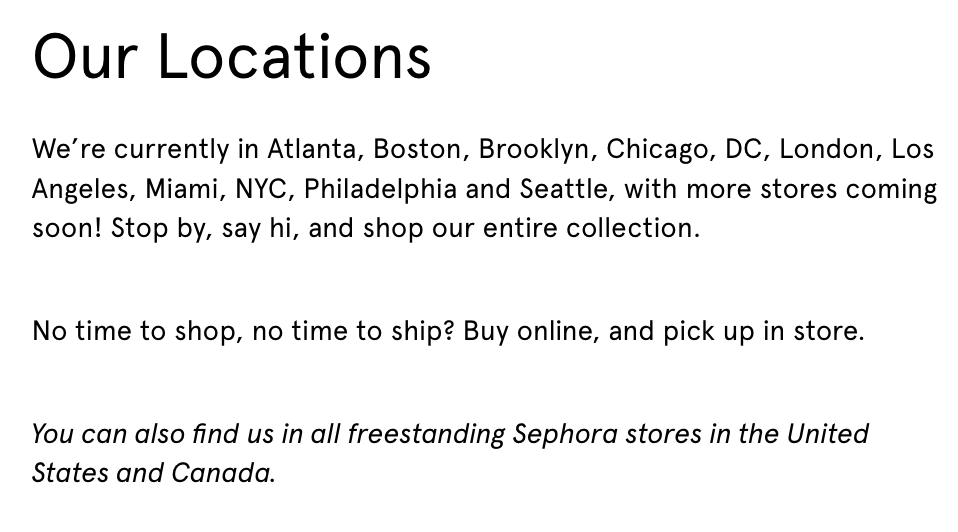
Also, with a focus on direct engagement through social media and its website, Glossier has effectively harnessed the power of DTC to create a loyal customer base and drive growth. This approach has allowed the brand to offer tailored experiences and products that resonate with its audience, setting a benchmark for how brands can thrive in the digital domain.
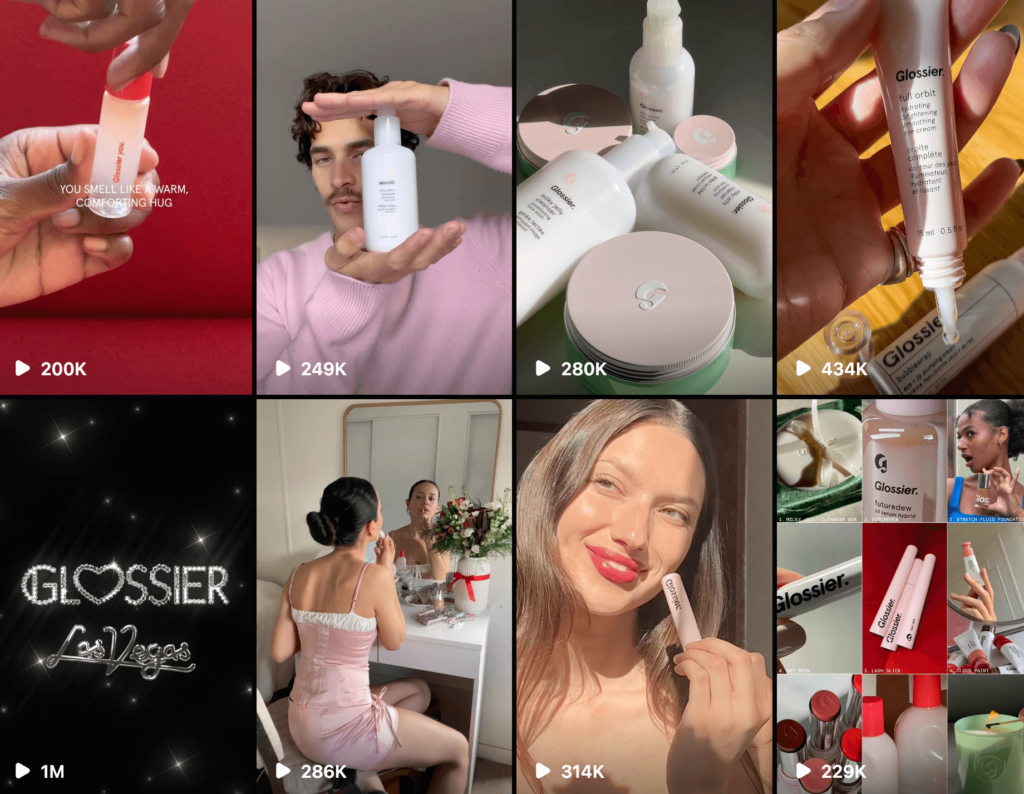
Glossier’s strategy underscores the potential of DTC models to transform brand-consumer relationships, offering lessons in leveraging online platforms to foster community and drive engagement. While challenges in logistics and market competition persist, the benefits of directly connecting with consumers and the opportunity to personalize the shopping journey make the DTC model an increasingly essential strategy for CPG brands aiming to make their mark in the digital age.
You can also have an effective strategy to bolster your brand and sales: Check out our hand-picked selection of CPG marketing agencies in the USA.
4.Social Media and Influencer Collaborations
Social media has firmly established itself as a cornerstone of CPG marketing strategies, with influencer collaborations playing a pivotal role in enhancing brand visibility and credibility. The dynamic interplay between engaging content and strategic influencer partnerships offers a unique avenue for brands to connect with their audience, driving both awareness and sales to new heights.
When influencers share their genuine experiences with a product, it can immensely impact their audience’s purchasing decisions with their high level of authenticity that traditional advertising channels often can’t match.
A prime example of successful influencer collaboration is the partnership between Daniel Wellington, a Swedish watch brand, and a wide array of influencers across different platforms.
Daniel Wellington was able to massively increase its brand awareness and sales by working with numerous influencers, from the lesser-known to the highly popular ones.
Another notable example is the collaboration between Gymshark, a fitness apparel and accessories brand, and fitness influencers on platforms like Instagram and YouTube.
Gymshark’s strategy involved partnering with influencers who embodied the brand’s values and lifestyle, creating authentic content that resonated with a community passionate about fitness.
5.Data-Driven Decision Making
Utilizing big data, you are now able to harness analytics to shape your CPG marketing strategies. This way, you can be sure that every campaign is informed by deep insights into consumer behavior and preferences.
One compelling example of this approach is Starbucks’ use of its loyalty program data to personalize offers and communications. By analyzing purchase history and customer preferences, Starbucks can send tailored recommendations through the push notifications of the mobile app used by loyalty program members.
This strategy not only enhances the customer experience but also significantly increases the likelihood of repeat visits and purchases. Starbucks’ approach demonstrates the power of data-driven decision-making in creating marketing strategies that resonate on a personal level with consumers, contributing to the brand’s enduring success.
Another example is Netflix, which employs sophisticated algorithms to analyze viewing habits and preferences.
By understanding what its audience wants to watch, Netflix can better curate its offerings and invest in content that aligns with viewer preferences, thereby improving engagement and retention. Netflix’s data-driven strategy shows how insights from consumer data are pivotal in anticipating and shaping future trends, making it a leader in the streaming service industry.
To conclude, we can say that by understanding and integrating these trends in CPG into your marketing strategy, your brand can stay ahead of the curve in the CPG sector.
The key is not just to follow the trends but to anticipate where the market is headed, ensuring your brand remains relevant and resonant with consumers’ evolving needs and preferences.
